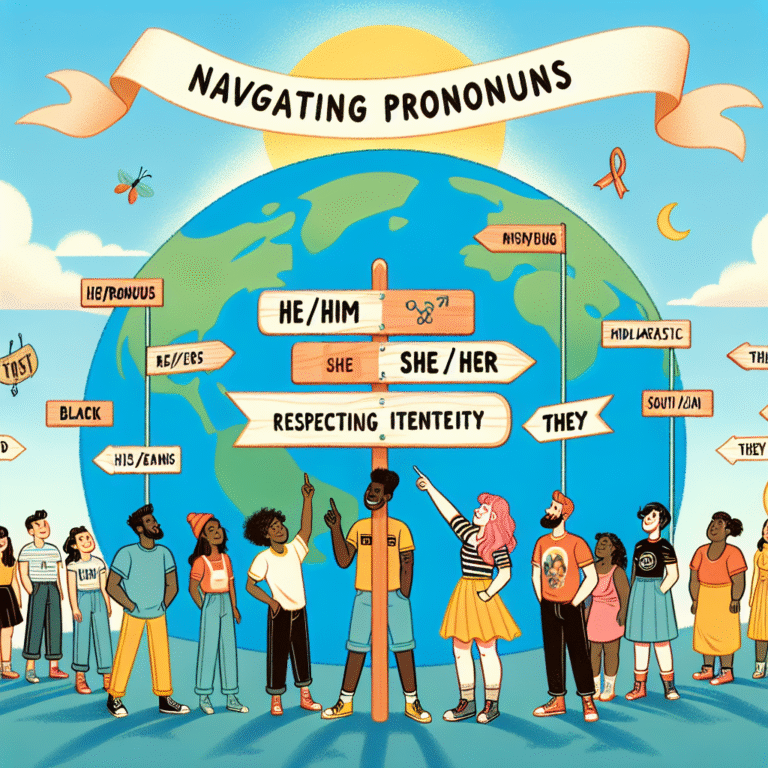
Introduction
Imagine a world where every child feels free to express themselves, where their imaginations know no bounds. This land isn’t a faraway fantasy; it often emerges in the simplest of moments—during pretend play. Unlocking Creativity: The Benefits of Pretend Play in Early Childhood reveals a fundamental aspect of early development that not only fosters imagination but also equips children with essential life skills. In this article, we will embark on a journey through the countless advantages of pretend play, illustrated with real-life examples, insights from experts, and practical takeaways designed to inspire parents, educators, and caregivers alike.
The Foundation of Creativity
Pretend play, often characterized by make-believe scenarios where children act out roles and stories, serves as a foundation for creativity. But why is this type of play so crucial during early childhood? According to developmental psychologists, play is not just leisure activity; it’s a vital cognitive and social process that helps children interpret the world around them.
Cognitive Development
Enhancing Problem-Solving Skills
One of the first and foremost benefits of pretend play is its impact on cognitive development. Children often encounter challenges in their imaginative scenarios, requiring them to think on their toes. For instance, when a child plays "house," they might need to solve the problem of where to place specific toys or how to manage a play meal. This type of imaginative problem-solving enhances their ability to think critically.
Case Study: The Kitchen Dilemma
In a small preschool setting, teachers observed a group of children engaged in a cooking play scenario. When a toy stove malfunctioned, the children brainstormed alternative ways to prepare their meal—switching to "outdoor cooking" and constructing a pretend campfire instead. This playful problem-solving led to not only creative thinking but teamwork and effective communication among peers.
Social Skills and Emotional Intelligence
Pretend play also plays a pivotal role in developing social skills and emotional intelligence. Children learn to navigate emotions, understand perspectives, and enhance empathy through role-playing situations. Whether they are nurturing a stuffed animal, negotiating who gets to play a specific role, or resolving conflicts, these experiences lay the groundwork for interpersonal relationships.
Case Study: The Friendship Crisis
In another preschool, a group of children engaged in a pirate adventure. One child refused to share a toy sword, leading the others to feel frustrated. Instead of escalating the conflict, the children took turns discussing how it felt to share or not share, ultimately reinforcing their emotional understanding and conflict resolution skills. This highlighted one of the core benefits of pretend play: fostering empathy and social awareness.
The Elements of Pretend Play
Imagination and Storytelling
At its core, pretend play is an exercise in creativity and imagination. Storytelling is not just an entertainment medium; it’s an essential skill that nurtures verbal communication and literacy.
- Imagination Through Movement: Physical activity during role-play, such as dancing or mimicking actions, enhances motor skills and body awareness.
- Storytelling and Verbal Skills: Children enrich their vocabulary by narrating their stories and engaging in dialogues with peers.
The Role of Props and Space
The environment in which pretend play occurs plays a crucial role in stimulating creativity. Simple props can serve as catalysts for grand adventures. An empty box can transform into a spaceship, while a scarf can become a superhero cape.
Table 1: Common Props and Their Transformative Roles
| Prop | Pretend Play Scenarios |
|---|---|
| Empty Box | Spaceship, treasure chest, car |
| Scarves | Superhero cape, dress-up items, flag |
| Kitchenware | Restaurant, school, doctor’s office |
| Dolls/Toys | Family, friends, pets |
The Science Behind Play
Understanding the neurological underpinnings of play helps clarify its importance. Neuroscience research shows that play is not merely fun; it activates essential cognitive pathways crucial for learning.
- Brain Development: Engaging in pretend play stimulates areas responsible for problem-solving, social skills, and emotional regulation.
- Stress Relief: Through play, children can express and process emotions, reducing anxiety and enhancing overall well-being.
Fostering Pretend Play
Environment Enrichment
Creating an environment conducive to pretend play is essential for unlocking creativity. Here are some strategies:
- Designate Play Areas: Create specific zones for imaginative play, with different themes—from space exploration to fairy tales.
- Provide Varied Props: Stock up on diverse materials that inspire creativity, such as costumes, kitchen items, and building blocks.
Encouragement from Adults
Parents and educators play crucial roles in fostering a culture of imagination. Here’s how you can encourage pretend play:
- Join the Play: Participate in your child’s imaginative adventures; co-creating stories and scenarios enriches their experience.
- Ask Open-Ended Questions: Prompt your child to think more deeply about their play. Questions like “What happens next?” or “How does that make you feel?” stimulate further creativity.
Real-World Implications
The benefits of pretend play extend beyond the playground. In diverse fields—be it education, therapy, or personal development—understanding and leveraging the power of pretend play opens new avenues.
Education and Curriculum Development
Incorporating pretend play into early childhood education curricula promotes active learning. Many progressive schools have adopted play-based curriculums, recognizing the profound benefits for cognitive and social growth.
Case Study: The Play-Based Curriculum
A kindergarten in an urban area implemented a play-based curriculum where children carved out their learning experiences through role play. Students improved their literacy skills by participating in story creation sessions, while social skills flourished in collaborative projects.
Therapeutic Applications
Pretend play is also used in therapeutic settings, known as play therapy. Therapists can effectively engage children to express emotions and behaviors through play scenarios, facilitating healing and growth.
Case Study: Healing Through Play
A therapist working with children who experienced trauma utilized pretend play to help them vocalize their experiences safely. Role-playing various scenarios allowed the children to discuss feelings and reframe their narratives, illustrating the potential for healing through creative expression.
Conclusion
As this exploration into pretend play in early childhood has revealed, unlocking creativity: the benefits of pretend play in early childhood is both vast and profound. From cognitive skills to emotional intelligence, pretend play equips children with a toolkit of abilities essential for navigating the complexities of life.
As we remain advocates for child-led imagination, let us remember that nurturing this creativity doesn’t just benefit children in the moment; it shapes the adults they will become. Every session of pretend play is an opportunity—an adventure waiting to happen.
Motivational Takeaway
Encourage the children in your life to dream big, play hard, and let their imaginations soar. You hold the keys to unlock creativity; don’t hesitate to open the doors of imagination!
FAQs
1. What age is best for engaging in pretend play?
Most children start engaging in pretend play between 2 to 3 years old, but it can continue to be beneficial through the early school years and even beyond.
2. How can I promote pretend play at home?
Create diverse play environments, offer various props, and actively participate in pretend scenarios alongside your child.
3. Is pretend play important for all children?
Absolutely! Pretend play benefits all children, promoting cognitive, emotional, and social development regardless of background or abilities.
4. Can pretend play support learning in older children?
Yes, as children grow, pretend play can evolve into more complex forms, like role-playing historical events or practicing job skills, enhancing both learning and critical thinking.
5. How can educators incorporate pretend play in the classroom?
Educators can design thematic units around pretend play, offering space and time for children to explore scenarios that align with their educational goals.
By embracing and facilitating pretend play, we can ensure the next generation is equipped with the creativity and skills to thrive in an ever-changing world.


















